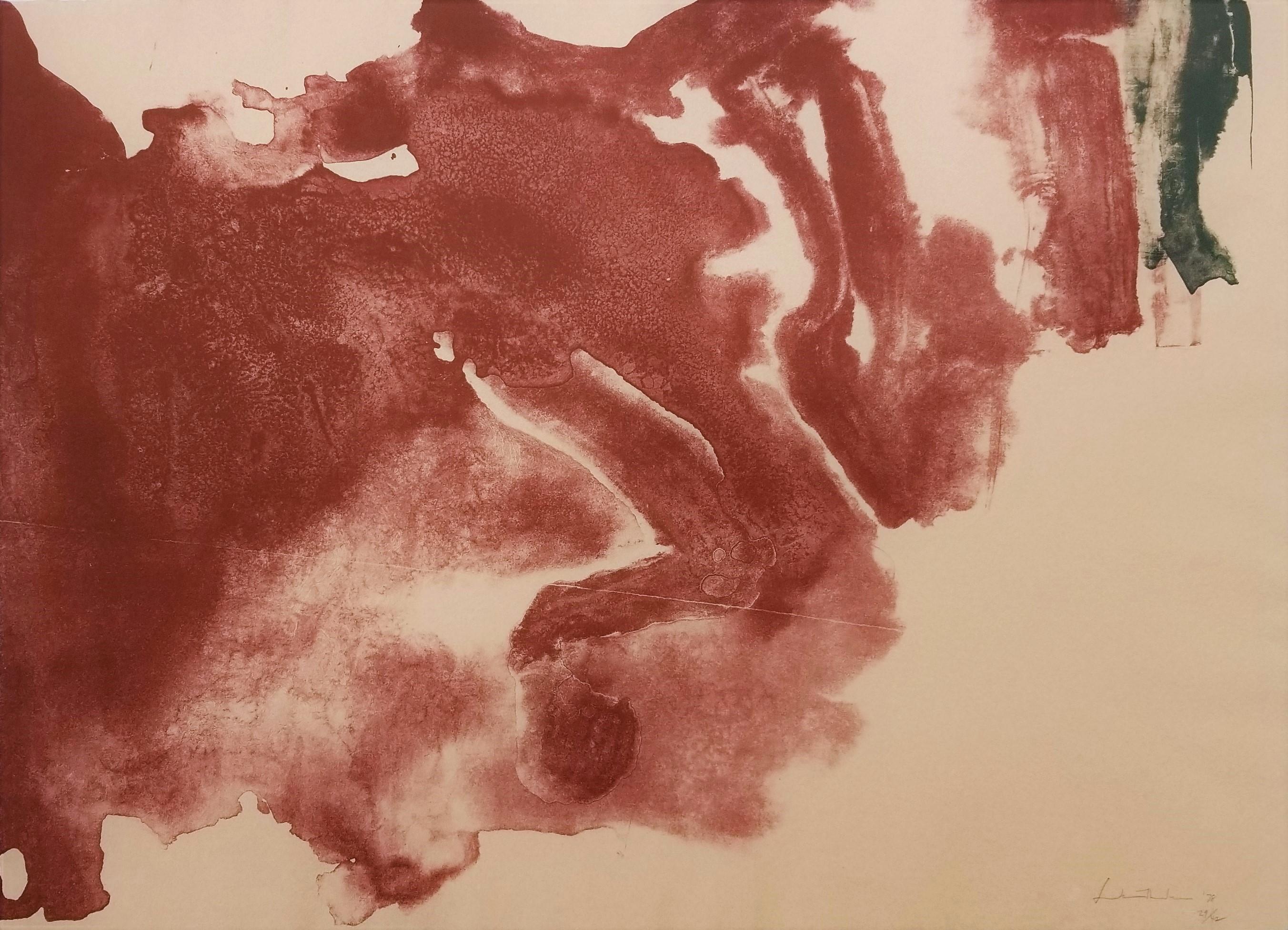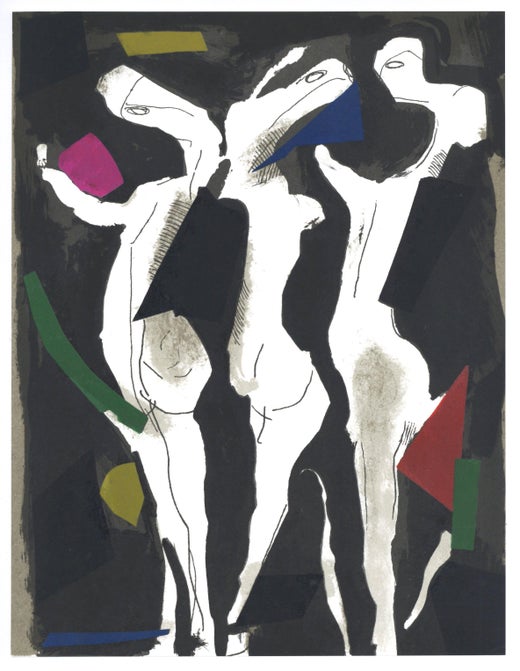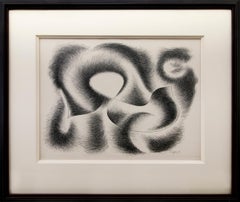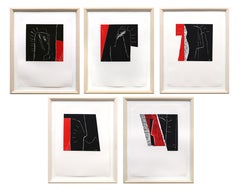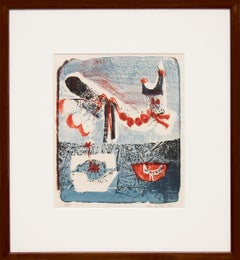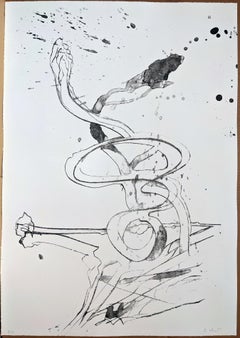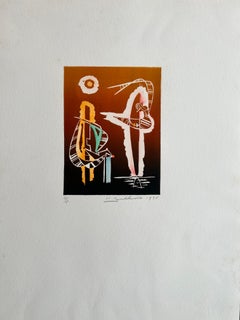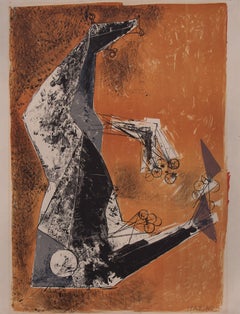
Il Miracolo (The Miracle) Vintage 1965 by Marino Marini, Orange Black Gray White
View Similar Items
Marino MariniIl Miracolo (The Miracle) Vintage 1965 by Marino Marini, Orange Black Gray Whitecirca 1955
circa 1955
About the Item
- Creator:Marino Marini (1901-1980, Italian)
- Creation Year:circa 1955
- Dimensions:Height: 25.5 in (64.77 cm)Width: 18 in (45.72 cm)
- Medium:
- Movement & Style:
- Period:
- Framing:Framing Options Available
- Condition:very good vintage condition.
- Gallery Location:Denver, CO
- Reference Number:Seller: DCG-207531stDibs: LU2736293292
Marino Marini
Marino Marini was born in Italy in 1901. Retrospectives of Marini's work took place at the Kunsthaus Zürich in 1962 and at the Palazzo Venezia in Rome in 1966. His paintings were exhibited for the first time at Toninelli Arte Moderna in Milan in 1963–64. In 1973, a permanent installation of his work opened at the Galleria d'Arte Moderna in Milan, and in 1978 a Marini show was presented at the National Museum of Modern Art in Tokyo. Marini died in Viareggio. There is a museum dedicated to his work in Florence (in the former church of San Pancrazio); his work may also be found in museums in Italy and around the world, such as the Civica Galleria d'Arte Moderna in Milan and the Hirshhorn Museum and Sculpture Garden in Washington, D.C. Marini's work is authenticated by the experts at the Marino Marini Foundation in Pistoia, Italy.
More From This Seller
View All1940s Abstract Abstract Prints
Lithograph
Mid-20th Century Abstract Abstract Prints
Lithograph
1980s Abstract Abstract Prints
Lithograph
1960s Abstract Abstract Prints
Lithograph
Late 20th Century Abstract Abstract Paintings
Paper, Monotype
Late 20th Century Abstract Abstract Prints
Monotype
You May Also Like
2010s Abstract Abstract Prints
Archival Ink, Archival Paper, Lithograph
1970s Abstract Abstract Prints
Paper, Lithograph
1970s Abstract Abstract Prints
Paper, Lithograph
Late 20th Century Abstract Abstract Prints
Paper, Lithograph
21st Century and Contemporary Abstract Abstract Prints
Paper, Lithograph
1980s Abstract Geometric Abstract Prints
Paper, Lithograph






